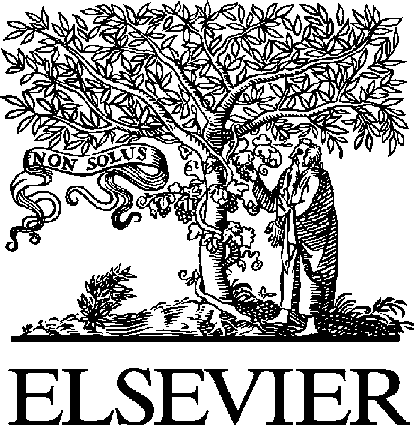Effective maternity care quality improvement strategies: evidence-based practice current resources for evidence-based practice carol sakala, phd, msph, july/august 2007
EVIDENCE-BASED PRACTICE Current Resources for Evidence-Based Practice, July/August 2007 Published simultaneously in the Journal of Obstetric, Gyneco- ● Fetal movement counting for assessment of fetal well- logic and Neonatal Nursing 2007;36(4). ● Probiotics for preventing preterm labour IDENTIFYING EFFECTIVE MATERNITY CARE QUALITY Updated Systematic Reviews IMPROVEMENT STRA

 What next for rheumatoid arthritis therapy?Simon M Blakeà and Barbara A Swift
Introduction of biological agents for the treatment of the chronic
sis factor (TNF) and interleukin (IL)-1 in the pathogen-
inflammatory joint disease rheumatoid arthritis has reinvigorated
esis of the disease Despite these successes, these
research into this debilitating disease. These agents have
therapies do have their limitations: the potential (in the
been shown to both act on the signs and symptoms of disease,
case of anti-TNF therapy) to increase susceptibility to
as well as retard the progression of joint destruction. However,
infection, especially in those patients with latent tuber-
these agents are not efficacious in all cases and their
culosis ; a limited responder rate and a high cost.
What next for rheumatoid arthritis therapy?Simon M Blakeà and Barbara A Swift
Introduction of biological agents for the treatment of the chronic
sis factor (TNF) and interleukin (IL)-1 in the pathogen-
inflammatory joint disease rheumatoid arthritis has reinvigorated
esis of the disease Despite these successes, these
research into this debilitating disease. These agents have
therapies do have their limitations: the potential (in the
been shown to both act on the signs and symptoms of disease,
case of anti-TNF therapy) to increase susceptibility to
as well as retard the progression of joint destruction. However,
infection, especially in those patients with latent tuber-
these agents are not efficacious in all cases and their
culosis ; a limited responder rate and a high cost.